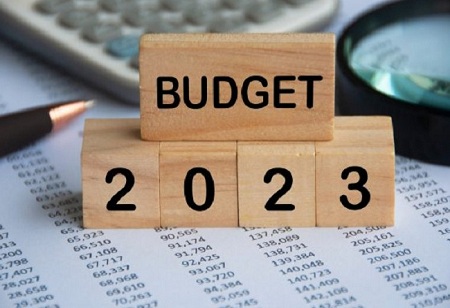Financing will be essential in assisting India in achieving her goals for her economic and energy transition in a nation where massive infrastructure projects are the path to becoming a $5 trillion economy in the coming years. According to the IEA, India will require an additional $1.4 trillion in funding in order to take advantage of a once-in-a-generation opportunity to change its energy system and stay on a sustainable course for the next 20 years. India is a huge target that will require a lot of work and money to achieve.
India has a large PF corpus of over Rs 17 lakh crore in EPFO. The Union Budget 2023 can look at mobilizing a portion of this corpus as debt or equity in greenfield infra projects. This will not only bring better returns to pensioners but also home-grown abundant capital to project developers. The country's renewable energy sector has seen
significant growth to the point where it is now self-sustaining and even competes with traditional energy sources. Although there is a lot of support for encouraging domestic solar manufacture through the PLI scheme, BCD on imports, etc., given current geopolitical conditions, we should refrain from erecting artificial import barriers like ALMM and remove its application for open access projects. Now is the ideal time to capitalise on the favourable market conditions for solar energy and hit the goal we have set for ourselves. Reduced GST rates for the renewables sector would be advantageous for the sector as a whole.
In the world of energy, policy push makes a big difference. Therefore, we hope to see an additional emphasis and budgetary support to promote new areas of energy, like offshore wind and grid balancing solutions including hydro. Submarine cable manufacturing is an area where we could introduce a PLI scheme and incentives. India could become an exporter of these cables for offshore development and subsea transmission interconnectors. Local production will also help reduce offshore wind costs in the country.
Despite said that, ongoing investment in India's national transmission system, which serves as the lifeline for RE deployment and evacuation across the nation, would be a crucial prerequisite for the country's lofty ambition for RE investment. The Ministry of Power has announced a transmission roadmap that identifies investments in the industry totaling Rs 25,000 crore over the next few years. It is encouraging to see this significant capital investment because it will boost the country's transmission infrastructure, which is crucial for achieving RE goals. These programmes will have a multiplier effect on the economy's service, manufacturing, and consumer sectors.
